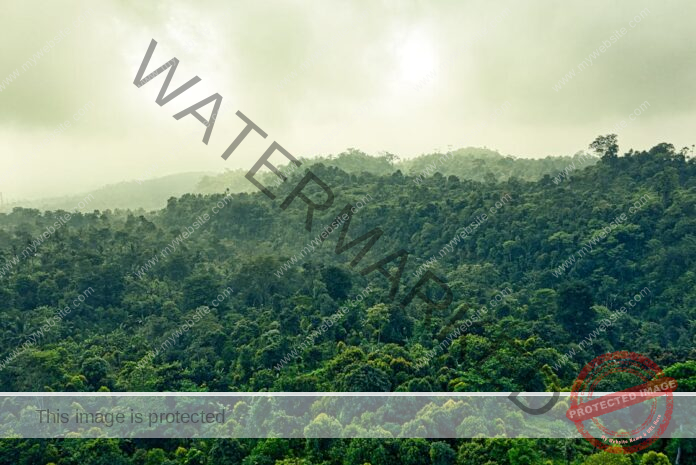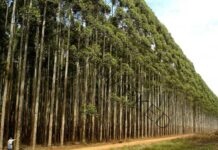Unprecedented rise in greenhouse gases can decrease rainfall in the equatorial region with associated shift and vegetation, and also replace India’s biodiversity hotspots consisting of evergreen forests in the Western Ghats, northeast India and the Andamans into deciduous forests, shows a new study.
Researchers from Birbal Sahni institution of Palaeosciences (BSIP), an autonomous institute of Department of Science and Technology, used fossil pollen and carbon isotope data from the Eocene Thermal Maximum 2 (ETM-2), also known as H-1 or Elmo, a period of global warming that occurred around 54 million years ago, to quantify the terrestrial hydrological cycle during that period.
It was during this period that the Indian plate lingered near the equator during its journey from the southern to northern hemisphere. This made the Indian plate, a perfect natural laboratory that offered a peculiar opportunity to understand the vegetation-climate relationship near the equator during the ETM-2. On the basis of availability of fossils from ETM2, the researchers selected the Panandhro Lignite Mine of Kutch in Gujarat and collected fossil pollen from there.
Analyzing the pollen, they found that when atmospheric carbon dioxide concentration was more than 1000 ppmv near the palaeo-equator, the rainfall decreased significantly, leading to the expansion of deciduous forests.
The study published in the journal Geoscience Frontiers raised important questions about survival of equatorial/ tropical rainforests and biodiversity hotspots under increased carbon emissions. It can help understanding the relationship between CO2 and hydrological cycle and aid in the future conservation of biodiversity hotspots.





























